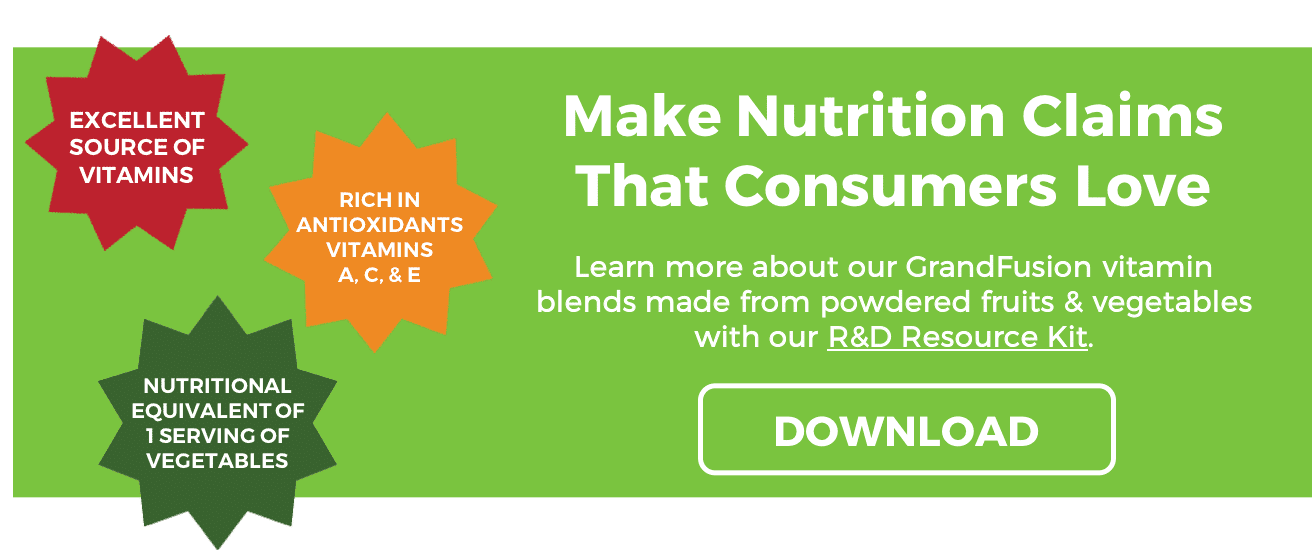Organic Sales Are Still Growing!
The sales of organic fruits and vegetables were estimated to be at $5.5 billion in 2016. According to the Organic Trade Association, this value was up by 5% over the previous years. The organization also noted that more than half of American households bought organic produce in the earlier years and that the millennials are the driving force of the sales, primarily since their purchasing powers have increased.
Millennials as The Driving Force of Organic Sales
Brian Vertrees, director of business development of Naturipe Farms LLC, noted that the sales of organic berries are up in retail stores. In fact, the sale of organic berries is the second-largest in the organic produce industry.
The growth category of organic products has not reached a plateau yet as millennials are demanding more organic products. According to Chris Glynn from Tanimura & Antle Inc., young adults are the primary drivers of the trend. As the new group becomes parents, the need for healthy food becomes their main priority.
The growth of organic produce is also driving the sales of different categories within the produce department as more consumers are not only demanding organic products but are also looking for affordable products with functional benefits. Eating organic is more than a trend and a marketing tool, it has become a way of life for many people particularly those who are looking for ways to eat healthily and sustainably.
The Shift in The Market
Consumers want to buy fresh produce that is grown in safe and sustainable methods. The growth of organic sales is a key indicator that this trend is here to stay. Many food manufacturers and industry players have expanded their line of organic products to increase their market reach.
Organic produce and products are changing the industry. Even farmers have increased their production of organic fruits by getting certified for their next harvest season. For instance, there is an increase in the production in the state of Washington in the past years; seemingly everyone is jumping on the organic bandwagon
The Future of Organics
There are many benefits of consuming organic foods. The sensitivity of consumers towards the food that they eat and how it affects their health is the reason why the organic market is widely embraced by everyone. Although many industry experts have forecasted that the organic industry will plateau, it has not happened yet and will likely not happen anytime soon. As more and more young individuals opt for healthier options more than the cost and convenience, food growers, manufacturers, and even retail stores will continue to meet the demands of the consumers. The trend will always be up as long as the younger demographics continue to buy into a healthy lifestyle.
Inspired by www.thepacker.com




